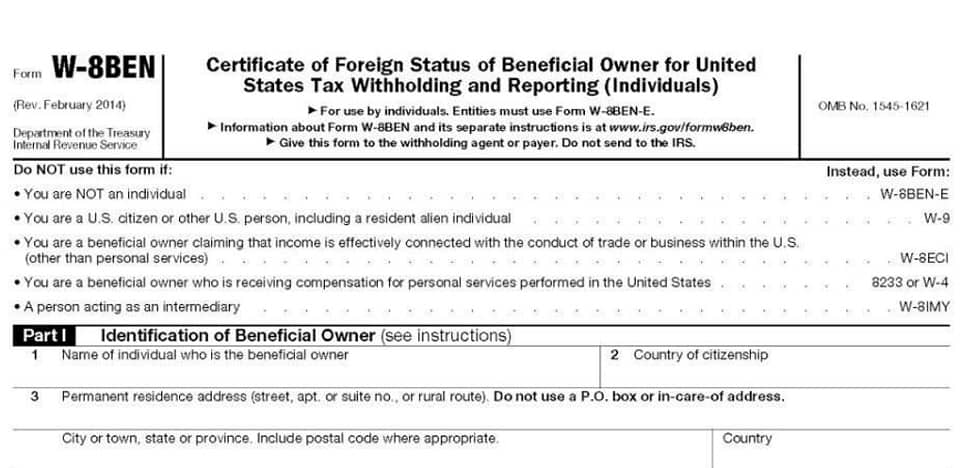
Some employees might work different shifts with different rates of pay—or they might even have two different positions with two different rates. This fact sheet provides general information concerning the application of the overtime pay provisions of the FLSA . Such technology is already a part of many workplaces and will continue to shape the labor market and HR. Here’s how employers and employees can successfully manage generative AI and other AI-powered systems. The number by which your regular pay is multiplied if you work overtime. Other activities that, depending on circumstances, may be compensable time worked include waiting time, on-call time, meal periods and more.
Is overtime calculated by day or week?
- This worker would not meet the weekly overtime threshold of the FLSA, but could be eligible for two hours of overtime pay for the hours worked on Thursday, depending on applicable state labor law.
- The regular rate includes all remuneration for employment except certain payments excluded by the Act itself.
- A semimonthly salary is translated into its equivalent weekly wage by multiplying by 24 and dividing by 52.
- This document is intended only to provide clarity to the public regarding existing requirements under the law or agency policies.
- It requires covered employers to pay eligible employees at least one and one-half times their regular rate of pay—and at not less than the relevant minimum wage—for all hours worked in excess of 40 in a workweek.
Additionally, each workweek stands alone, which means that averaging hours worked over two or more workweeks is not permitted. It’s calculated by dividing the total pay for employment in any workweek (except statutory exclusions) by the total number of hours actually worked. Such extra compensation may be creditable toward overtime pay due under the how much is overtime pay FLSA. Though the FLSA is the federal law requiring overtime compensation for most employees, many states and municipalities impose stricter requirements for the benefit of employees in their jurisdictions. For example, some states have daily overtime pay requirements for hours worked in excess of eight hours in a day.

Related Content
The regular rate of pay cannot be less than the minimum wage and includes all remuneration for employment except certain payments excluded by the FLSA itself. Regardless of whether an employee is paid by the hour, by the piece, on a commission or on a salary, the employee’s compensation must be converted to an equivalent hourly regular rate from which the overtime rate can be calculated. In other words, the employer would pay compensation for overtime at 1.5 times the hourly rate until the bonus can be determined. Once the amount of the bonus can be ascertained, it must be apportioned back over the workweeks of the bonus period. The employer must then recalculate the regular rate of pay for each overtime workweek in the bonus period and pay the overtime premium pay due on the bonus. The federal Fair Labor Standards Act (FLSA) requires employers to pay nonexempt employees 1.5 times their “regular rate of pay” for all hours worked over 40 in a workweek.
Overtime pay on rest days

The employer’s window of liability for overtime violations concerning multiple employees can go back several years. If an employee shows up for a shift and is told that there will be no work that day, you do not need to count that first hour of https://www.facebook.com/BooksTimeInc work. For example, when a construction worker shows up for a job and is told the day is rained out, you do not need to pay them for the first hour.
- Examples of noncompensable activities are waiting in line to punch a time clock, changing clothes or washing up for the employees’ convenience, and waiting in line for paychecks.
- The Act does not require overtime pay for work on Saturdays, Sundays, holidays, or regular days of rest, as such.
- Figuring out how to calculate overtime pay all boils down to the state you’re in.
- An employer may establish different workweeks for different employees, but once an employee’s workweek is established, it remains fixed regardless of his or her working schedule.
- That is, you can have salaried nonexempt employees that you will need to pay overtime.
- See Employer That Failed to Keep Accurate Records Must Pay Overtime.

A monetary claim that is incurred in the normal course of business refers to those that the employee would receive if there were no additional circumstances, such as rendering overtime work, doing work on how is sales tax calculated a special day, and so on. Hence, an employee is entitled to his daily wage, 13th month pay, among others. Shift premium pay is calculated by multiplying the shift premium rate by the number of hours worked on that shift. Where non-cash payments are made to employees in the form of goods or facilities, the reasonable cost to the employer or fair value of such goods or facilities must be included in the regular rate.

